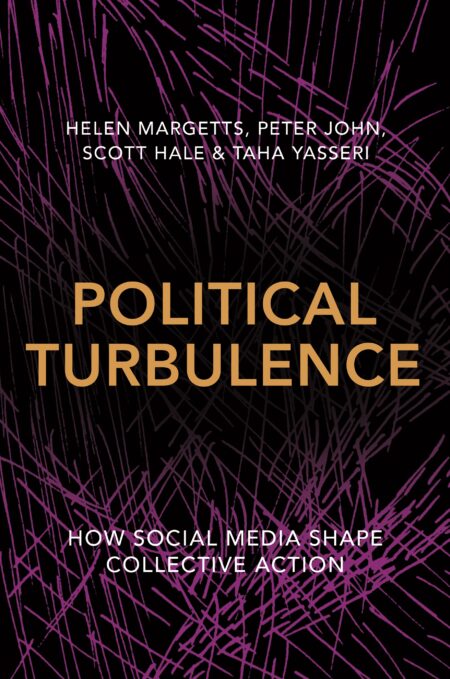We are still digesting the result of the UK referendum to leave the European Union, but it is clear many events were played out on social media under the varying influences of social information and visibility that we research in Political Turbulence. We explore these influences further on the Princeton University Press Election 2016 Blog.
On 23rd June 2016, a majority of the British public voted in a referendum on whether to leave the European Union. The Leave or so-called #Brexit option was victorious, with a margin of 52% to 48% across the country, although Scotland, Northern Ireland, London and some towns voted to remain. The result was a shock to both leave and remain supporters alike. US readers might note that when the polls closed, the odds on futures markets of Brexit (15%) were longer than those of Trump being elected President.
…
All these events – the campaigns to remain or leave, the post-referendum turmoil, resignations, sackings and appointments – were played out on social media; the speed of change and the unpredictability of events being far too great for conventional media to keep pace. So our book, Political Turbulence: How Social Media Shape Collective Action, can provide a way to think about the past weeks. The book focuses on how social media allow new, ‘tiny acts’ of political participation (liking, tweeting, viewing, following, signing petitions and so on), which turn social movement theory around. Rather than identifying with issues, forming collective identity and then acting to support the interests of that identity – or voting for a political party that supports it – in a social media world, people act first, and think about it, or identify with others later – if at all. …Read more


